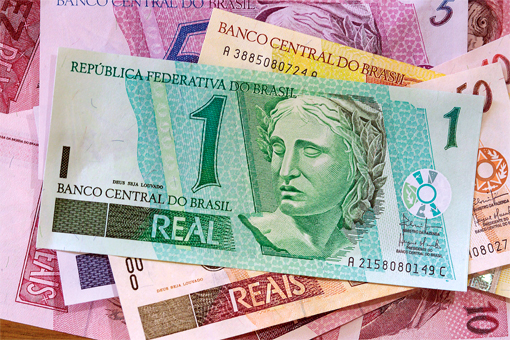In November 2009, the cover of The Economist showed the iconic Christ statue overlooking Rio de Janeiro blasting off into outer space. This image, along with the cover headline, “Brazil Takes Off,” represented the Carnaval-like euphoria about Brazil that infected journalists and financial markets at the time, buoyed by the country’s impressive economic performance in the wake of the 2008 global financial crisis.
But since then, giddiness has turned to gloom. As the country’s economy begins to cool, Brazil bears are on the rise. Downbeat assessments, such as Nomura Bank’s recent prediction that Mexico will overtake Brazil as Latin America’s largest economy in the next decade, have cooled investor enthusiasm. GDP growth has screeched to a sudden stop, falling from 7.5 percent in 2010 to 2.7 percent in 2011 and 0.9 percent in 2012. Between January and November 2012, Brazil experienced a $7.1 billion net outflow in portfolio investments, compared to a $14.3 net inflow for the same period in 2011.1
Brazil’s critics blame flat productivity growth, high taxes and low-quality public services for the country’s weakened performance.2 They have called for reduced government spending, tax reform and an improved business environment. None of these are on President Dilma Rousseff’s political agenda, and they are unlikely to be meaningfully addressed in the near future…





